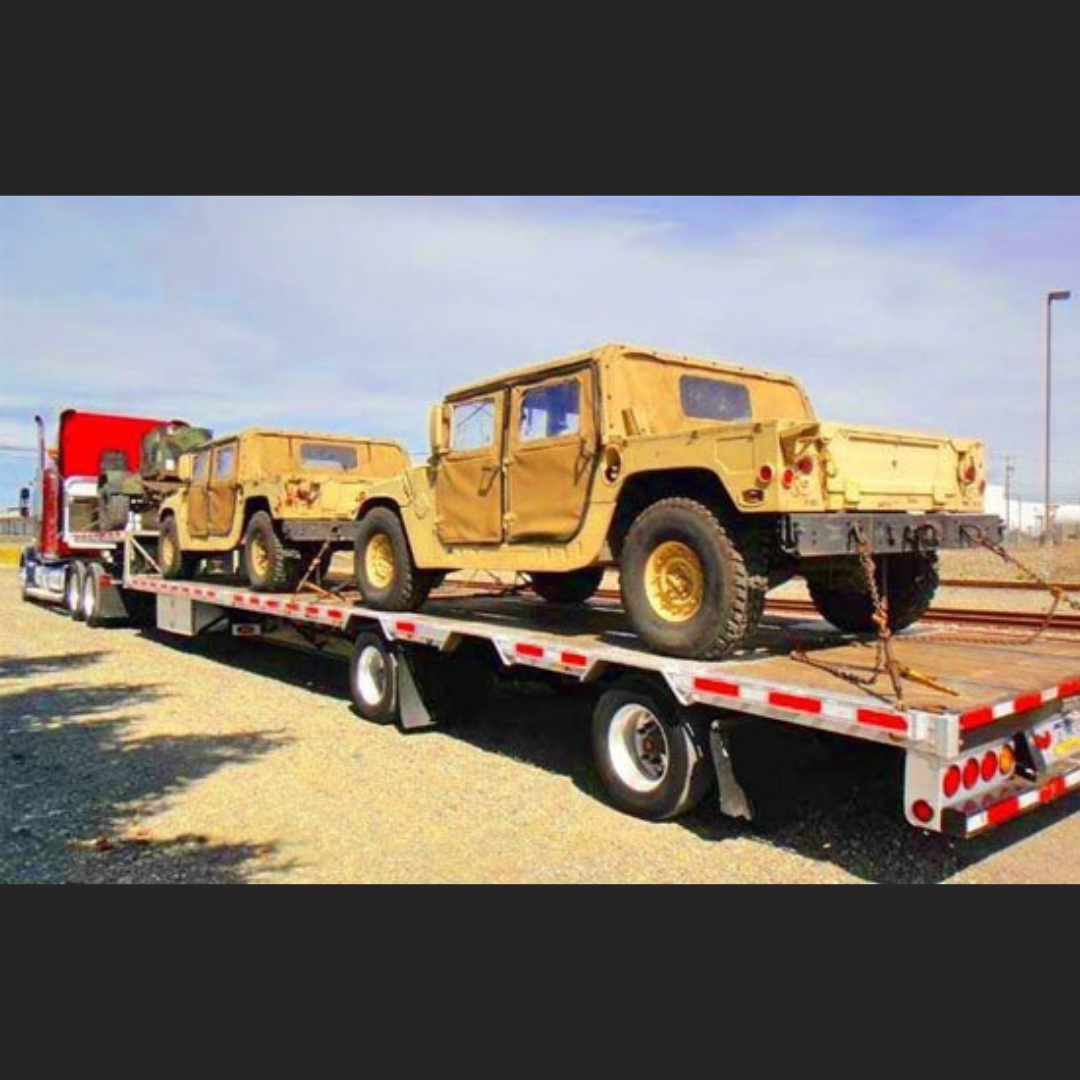Military car shipping plays a crucial role in the logistical operations of armed forces worldwide. Whether it’s the deployment of troops, the movement of equipment for training exercises, or the transfer of vehicles for maintenance and repair, a reliable and efficient means of transporting military vehicles is essential. This article delves into the world of military car shipping, exploring its significance, challenges, and the methods employed to ensure the safe and timely delivery of vehicles.
Significance of Military Car Shipping
The military relies heavily on various types of vehicles, including armored personnel carriers, tanks, trucks, and even civilian vehicles, to carry out its missions. These vehicles are not only expensive but are essential for troop mobility, equipment transport, and combat operations. Therefore, the successful transportation of military vehicles is a critical component of military readiness and preparedness.
Challenges of Military Car Shipping
Transporting military vehicles poses unique challenges compared to shipping civilian cars. These challenges stem from the sheer size and weight of military vehicles, as well as the often sensitive and classified nature of their cargo. Here are some of the primary challenges faced in military car shipping:
Size and Weight- Military vehicles are typically larger and heavier than civilian cars, making them more challenging to transport. Specialized equipment and transport methods are required to handle such oversized cargo.
Security- The need for security and confidentiality in military operations can complicate vehicle transport. This may involve secure loading, tracking, and ensuring that only authorized personnel have access to the transported vehicles.
Regulations- Military car shipping often involves crossing international borders or state lines, necessitating adherence to complex regulations and permits. Failure to comply can result in delays and legal issues.
Maintenance and Repair- Military vehicles are subject to wear and tear during their service. Shipping them for maintenance or repair adds another layer of complexity as they must be transported to the appropriate facility efficiently.
Methods of Military Car Shipping
To overcome these challenges and ensure the safe and efficient transport of military vehicles, several methods are employed:
Specialized Transporters- Specialized transporters are used to carry military vehicles, which can be oversized and overweight. These transporters are equipped to handle the unique size and weight requirements, and they often feature advanced suspension and security systems.
Secure Loading and Unloading- Military vehicles are loaded and unloaded with great care, ensuring they are securely fastened and protected during transit. This is particularly important when transporting sensitive or classified cargo.
Logistics and Route Planning- Detailed route planning and logistics play a crucial role in military car shipping. This includes ensuring that the chosen route can accommodate the size and weight of the vehicles and addressing any regulatory requirements for border crossings.
Maintenance and Repair Facilities- Some military car shipping operations are dedicated to transporting vehicles for maintenance and repair. These facilities are equipped with the necessary tools and expertise to service military vehicles.
Security Protocols- Robust security protocols are put in place to protect the vehicles during transit. These may include armed escorts, tracking systems, and secure facilities for overnight stops.
Military car shipping is a vital component of military logistics, ensuring that vehicles are where they need to be, when they need to be there. The challenges associated with transporting military vehicles, from their size and weight to security concerns and regulations, demand careful planning and execution. Specialized equipment, trained personnel, and stringent security protocols are all essential for the successful delivery of military vehicles. Ultimately, the efficiency and reliability of military car shipping operations contribute to the overall readiness and effectiveness of armed forces around the world.
